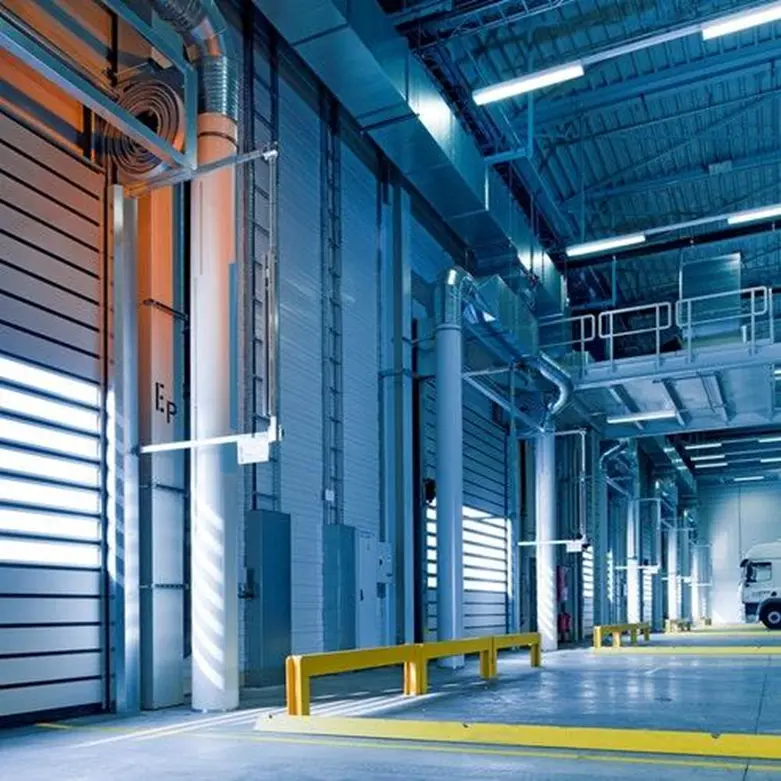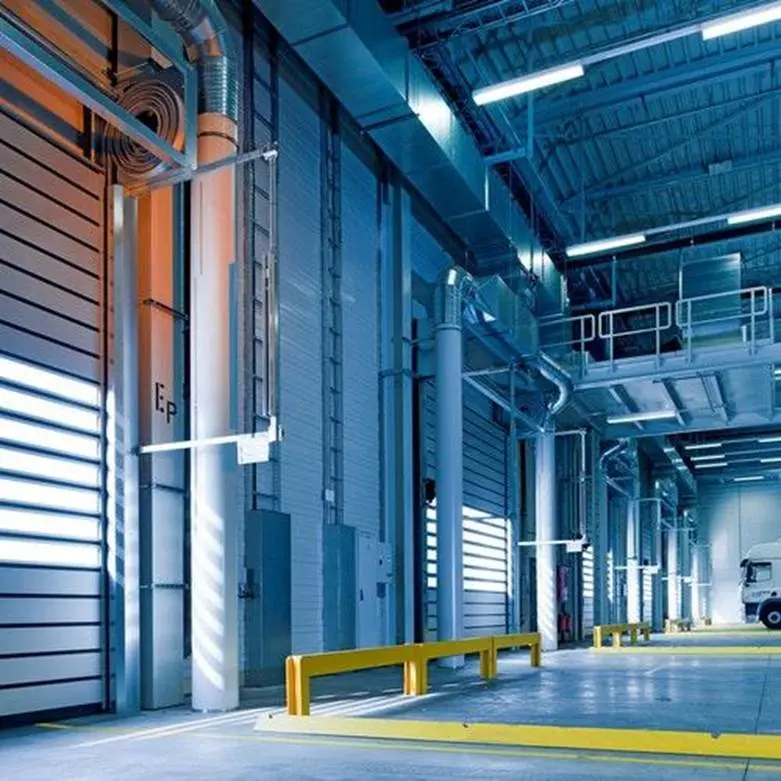While numerous sustainable industrial building materials are available today, the construction sector remains responsible for approximately 23% of global air pollution as of 2024. In response, the industry is increasingly adopting sustainable techniques throughout the entire project lifecycle—from initial planning to final implementation. Sustainable design aims to minimize the environmental impact by conserving Earth’s resources and promoting ecological balance. This comprehensive guide provides practical strategies to help you create more eco-friendly and efficient industrial building designs.
Plan Ahead and Observe the Size
While spacious industrial facilities are desirable for operational flexibility, constructing overly large buildings can be counterproductive from an environmental standpoint. Smaller, well-designed buildings reduce the consumption of raw materials and energy, limit deforestation, and simplify heating and cooling efforts, resulting in a smaller carbon footprint.
Collaborate closely with architects and project teams to optimize space utilization effectively. Ensure sufficient room to accommodate all industrial processes without creating surplus or unused areas. Efficient layouts maximize functionality and minimize waste.
Starting the planning phase early is critical. Selecting an appropriate location forms the foundation of sustainable design. For example, situating a production plant that requires significant cooling in warmer climates may increase energy demands, thereby undermining your sustainability goals.

Pick the Right Location
Industrial developments usually require extensive space, but it’s essential to minimize ecological disruption. Choosing a location that preserves local flora and fauna is critical. Even the most sustainably designed building loses its environmental value if it is constructed at the expense of precious natural habitats.
Identify sites that have minimal impact on natural resources. For instance, selecting areas rich in wind resources can optimize wind energy generation. Consider proximity to raw materials and transport infrastructure to reduce fuel consumption associated with logistics. Locating a facility near its raw material source limits transportation emissions and enhances overall sustainability.
Plan for Renewable Energy
Energy consumption in industrial buildings is significant, making the integration of renewable energy solutions crucial. Tailored industrial electrical plans enable industries to harness sustainable power sources effectively.
Solar roofing solutions are becoming increasingly popular. Innovative solar shingles, made from high-quality tempered glass photovoltaics, serve as both roofing and energy generators, eliminating the need for separate solar panel installations and reducing overall costs. These materials blend durability with energy efficiency.
Wind power systems can complement solar energy, especially during non-sunny periods, providing a reliable energy mix. By integrating multiple renewable energy sources and advanced electrical technologies, your industrial building can significantly reduce its carbon footprint and operational costs.
Plan for Eco-Friendly Materials
Modern construction offers a vast array of eco-friendly materials eco-friendly materials. These often incorporate recycled content and are designed to emulate the aesthetics and functionality of natural materials. Examples include synthetic slates, shingles, and wood panels made from recycled plastics and rubber.
When planning your industrial building, ensure these sustainable materials are specified and integrated appropriately. They maintain design integrity while providing resilience against weather conditions and the structural loads anticipated in industrial settings.
Additionally, carefully monitor construction processes to minimize waste, which currently exceeds 160 million tons annually worldwide. Implementing waste reduction strategies during construction and throughout the building’s lifecycle is paramount to truly sustainable development.

For further insights on Durable Style Starts with Luxury Vinyl Floors please visit our dedicated Interior Design category.
In addition to the above strategies, incorporating green building certifications such as LEED or BREEAM can further enhance sustainability credentials. These frameworks provide comprehensive guidelines on energy efficiency, water conservation, indoor environmental quality, and material selection. Embracing digital building technologies such as Building Information Modeling (BIM) also aids in better resource planning, waste reduction, and lifecycle analysis. Industrial facilities designed with such integrative approaches contribute to economic savings and reduced environmental impact, helping businesses meet regulatory requirements and stakeholder expectations for sustainability.



